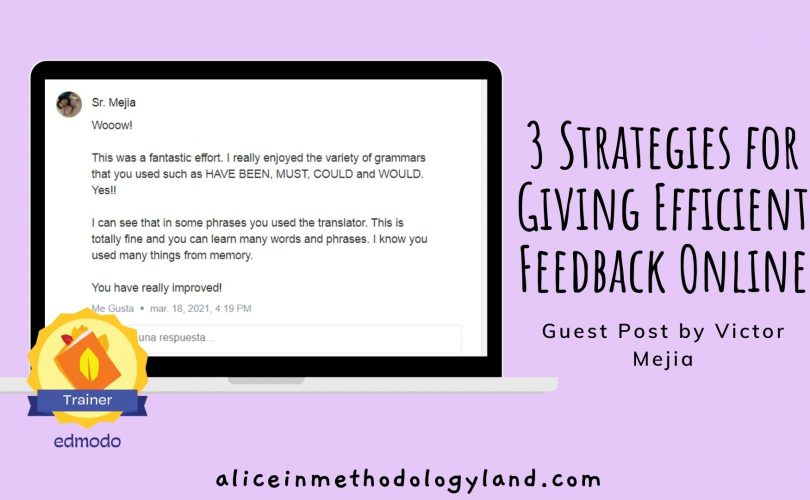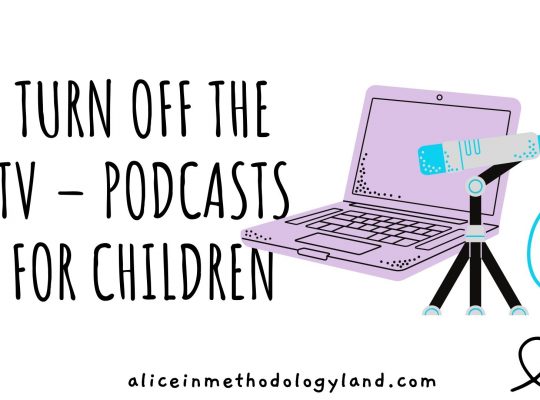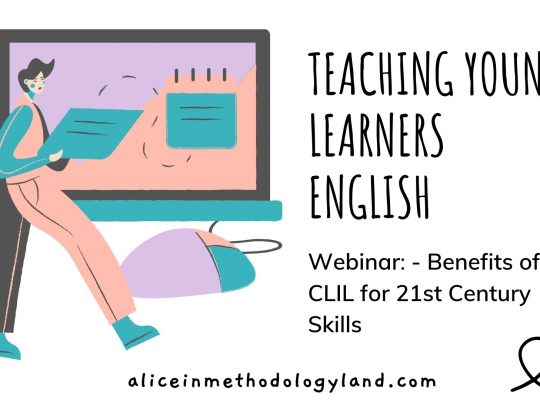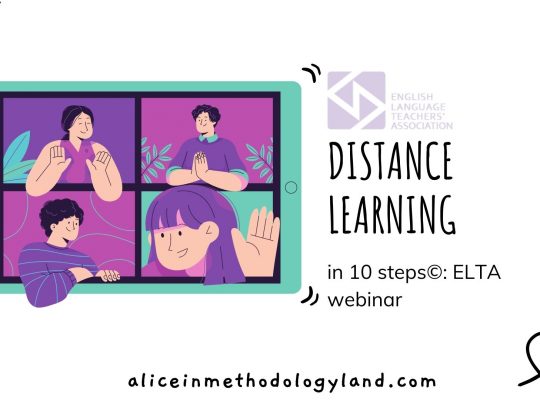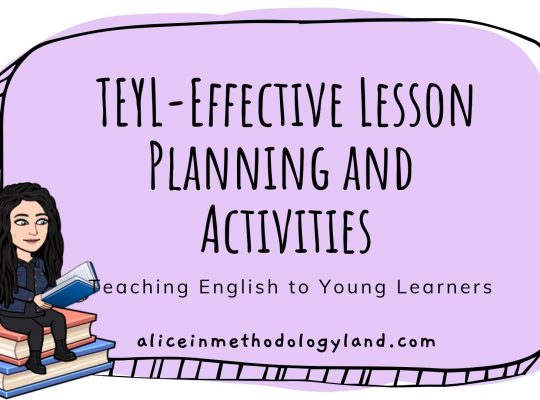Hi, my dear colleagues! I am proudly presenting a new guest post by an amazing EFL teacher from El Salvador, Victor Mejia! He will share many practical examples and share some strategies for giving efficient feedback, along with screenshots. Enjoy!
“What did the teacher write on your homework?” I hated this question related to teachers giving feedback because I wasn’t the best student. Therefore, I always had some red markings and a less than positive comment. What if my teachers had used those feedback opportunities to motivate me?
I would like to give you three strategies for giving feedback. Before jumping into the strategies, it’s important to mention the feedback opportunities that online platforms provide in this day and age. I personally use Edmodo and like the social-media-type interface that it has. You can like posts and comments, and Edmodo has a very nice bank of gifs. Also, in a synchronous environment, Zoom, for example, allows you to send comments, show some reactions such as clap and give thumbs up or down. You can also create polls. We must use these opportunities that the tech tools give us. However, teachers go beyond tech tools.
However, teachers go beyond tech tools.
Let’s explore 3 efficient feedback strategies!
1. Sandwich feedback
Who doesn´t like sandwiches? I love them, especially with ketchup. You have two delicious slices of bread and even more delicious whatever is inside, like ham, cheese, roast beef, or peanut butter.
- We want to start with a positive comment: Excellent effort! That’s the first slice.
- Then, you write the “meat” of the comment, for instance, “Next time, be careful when you use the verb to be because you might need an IS or ARE and WAS or WERE in the past.”
- Finally, you end with another positive comment: “Keep on!” That´s your second slice. Therefore, the whole comment would look like this: Excellent effort! Next time, be careful when you use the verb to be because you might need a IS or ARE and WAS or WERE in the past. Keep on!
Can you see how the strategy works? What examples can you think of?
2. Effusive feedback
One of the most daunting realities of education is that our students perceive our ideas much differently than we perceive them. Effusive comments, thus, are crucial. The strategy is to highlight the positive aspects of the students´ work effusively and to be loving and patient with the negative ones. Let’s say a written homework has fantastic ideas but really bad grammar. What we want is to comment effusively on the positive aspect and comment lovingly on the negative one.
One of the most daunting realities of education is that our students perceive our ideas much differently than we perceive them.
You could write something like this: You´ve written really creative ideas in your work! I personally enjoyed it when you said… However, you have some spelling errors, which I´ve pointed out in the next screenshot (or marked on your paper). Try it out and experience how your students open up to your feedback.
3. ‘Examples’ feedback
Lastly, we have the strategy called examples. Many times we end up giving great feedback, but the students could find it useful to see concrete examples. This has helped me in my EFL classes, but it can be adapted to any type of class such as math, literature, or moral values. Suppose you’re correcting something related to similes and metaphors. Nonetheless, the student hasn’t understood the concept well, and in all the text, no examples are to be found. You can definitely take into account the latter strategies and finish strong, giving some concrete examples or even an extra exercise that needs to be completed.
The comment could be redacted this way: You have great ideas! But I can see you haven´t grasped the concepts yet. Please observe these examples and tell me if you understand. Ex: Life is like a roller coaster. Mistakes are teachers. You´re the apple of my eye. I feel like a hungry bear.
Examples, examples, and even more examples!
There are many ways to motivate your students, but you can start right now putting in practice the sandwich, effusive, and examples strategies. Besides, we should never undermine the fact that small gestures can make a big difference for a student.
Explore these next phrases you can use in your feedback:
- I love that you…
- You´re so creative!
- I’ve never thought about it…
- This idea rocks!
- Press on!
- With your work, I´ve learned…
- Don´t hesitate to ask me.
- I’m here for you.
- Keep moving forward!
Don´t these phrases motivate you only by reading them? What are some efficient strategies you can use to motivate students by giving feedback online? Share in the comments, or write via the contact page!
Contact Victor Mejia via his LinkedIn profile or follow him on his Instagram!
In 2018, Victor Mejia had the opportunity to give his first educational conference in Edmodocon. He shared his ideas, ideals, and experiences with the world for the first time and knew he wasn´t so lost after all. As a freelance English teacher, he has more than a decade of experience teaching adults. He believes love is essential in education since he defines education as a relationship between actors and elements. Victor started to use blended learning a long time before the pandemic, which is why he has been able to share his experiences with several teachers in El Salvador in this transition to online learning. Despite the pandemic, he is grateful for the time at home with Majo, his wife, and Siloh, his daughter, who has a disability. Victor enjoys lesson planning with not-so-soft music in the background. He enjoys his Kindle and is always excited to jump into the books and explore his interests in theology, education, and disability.
